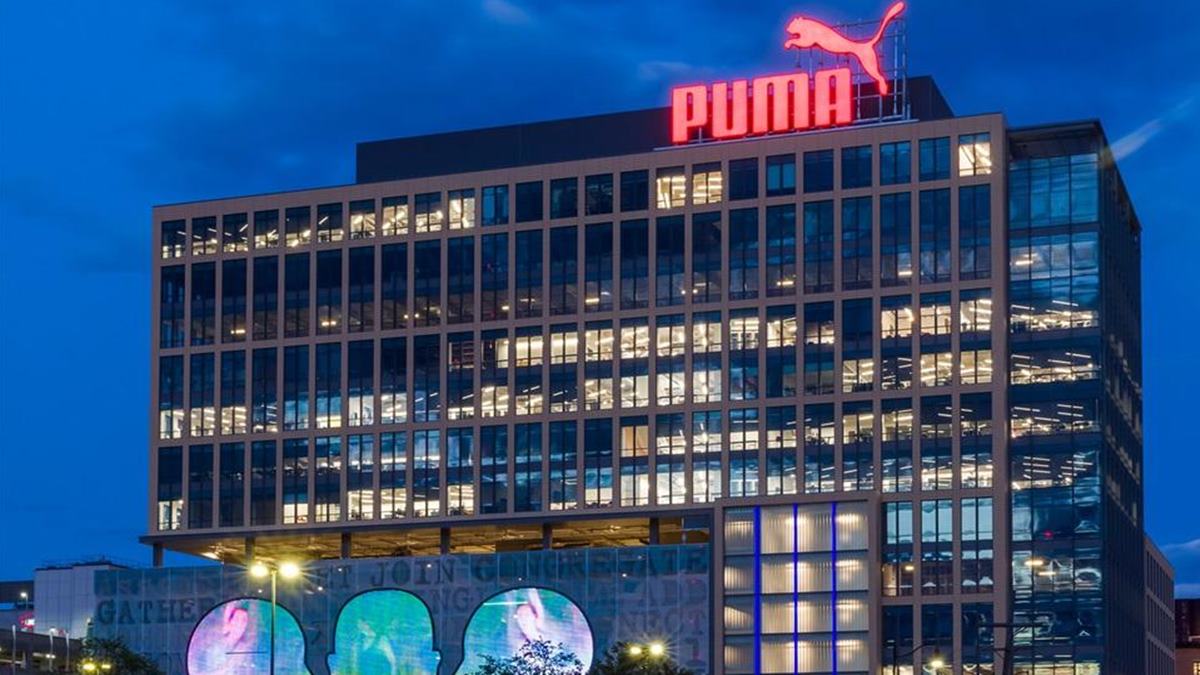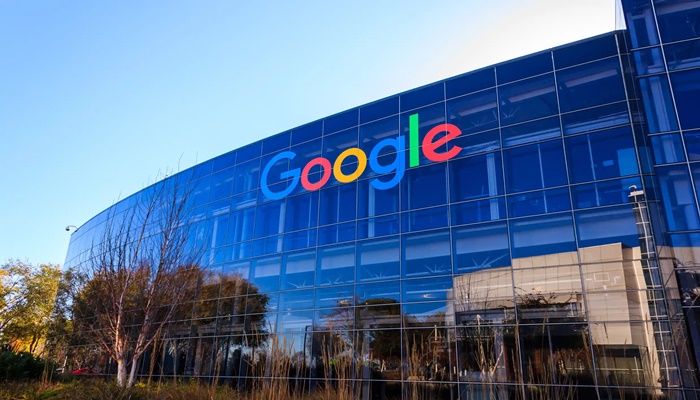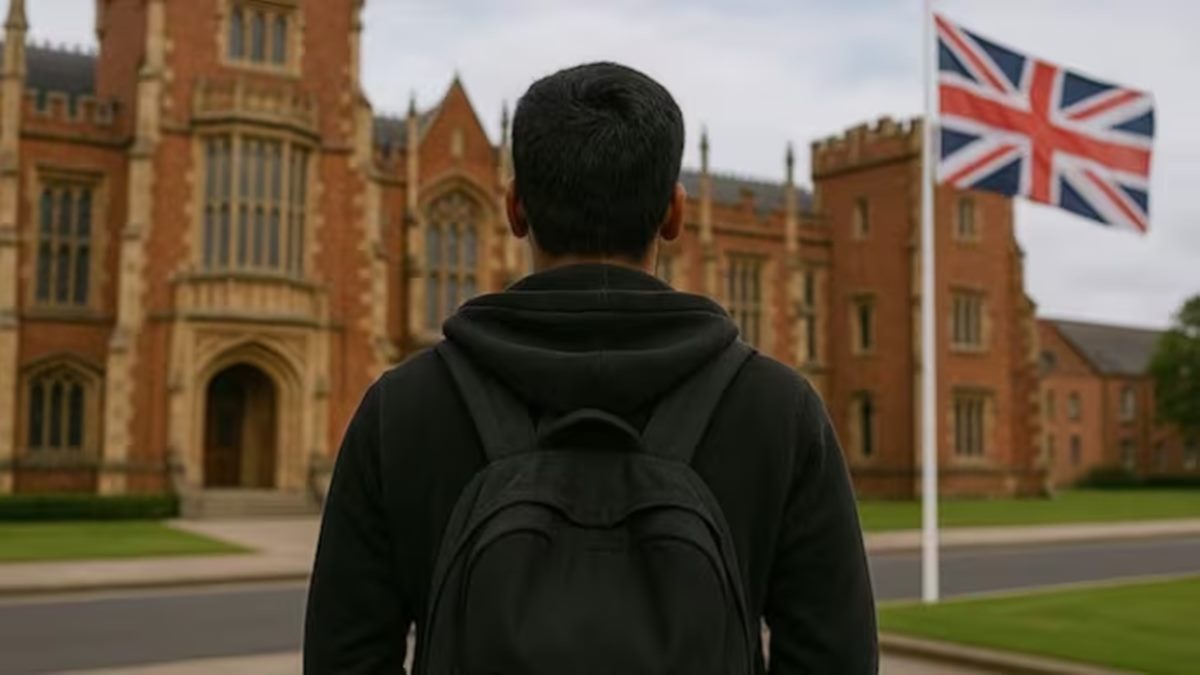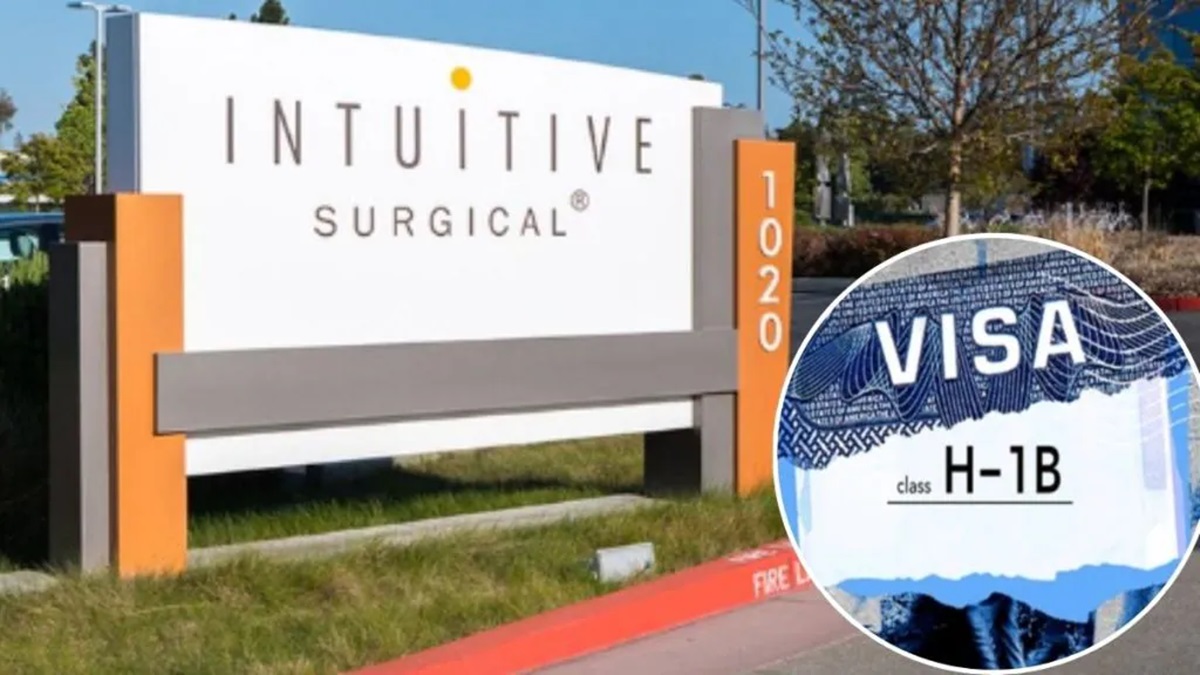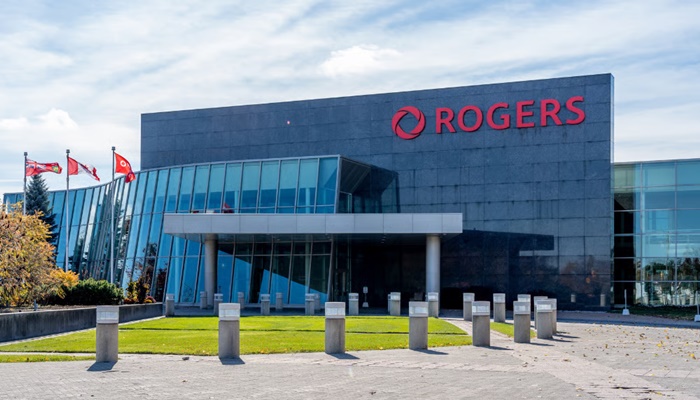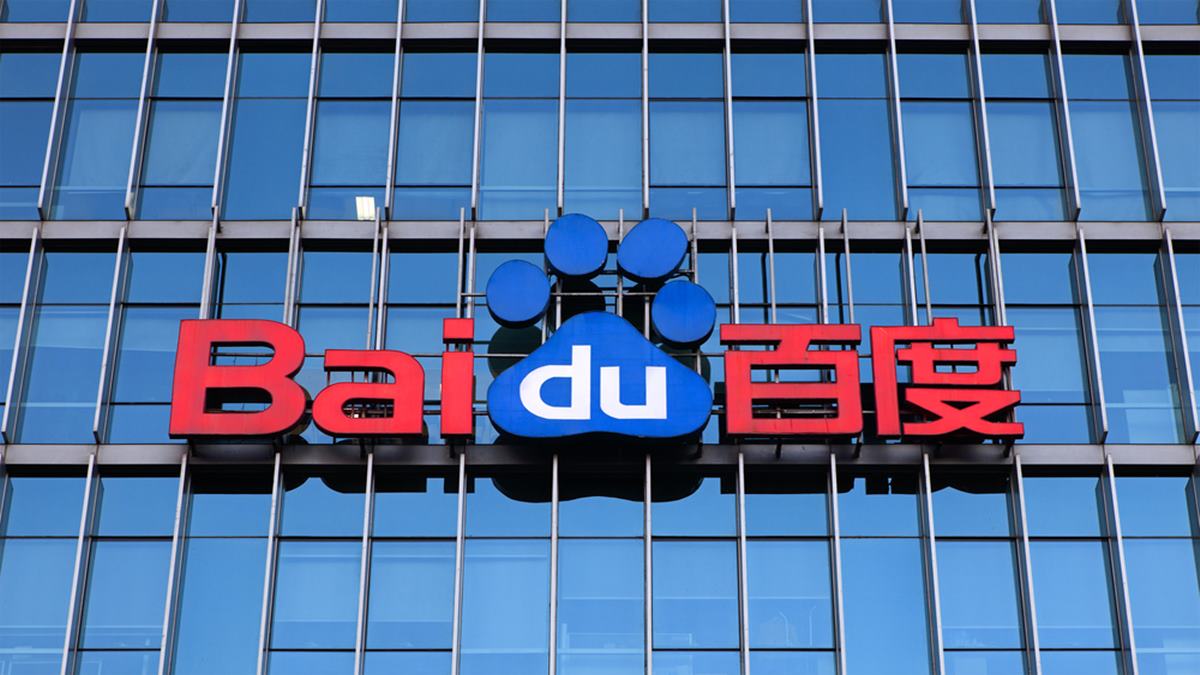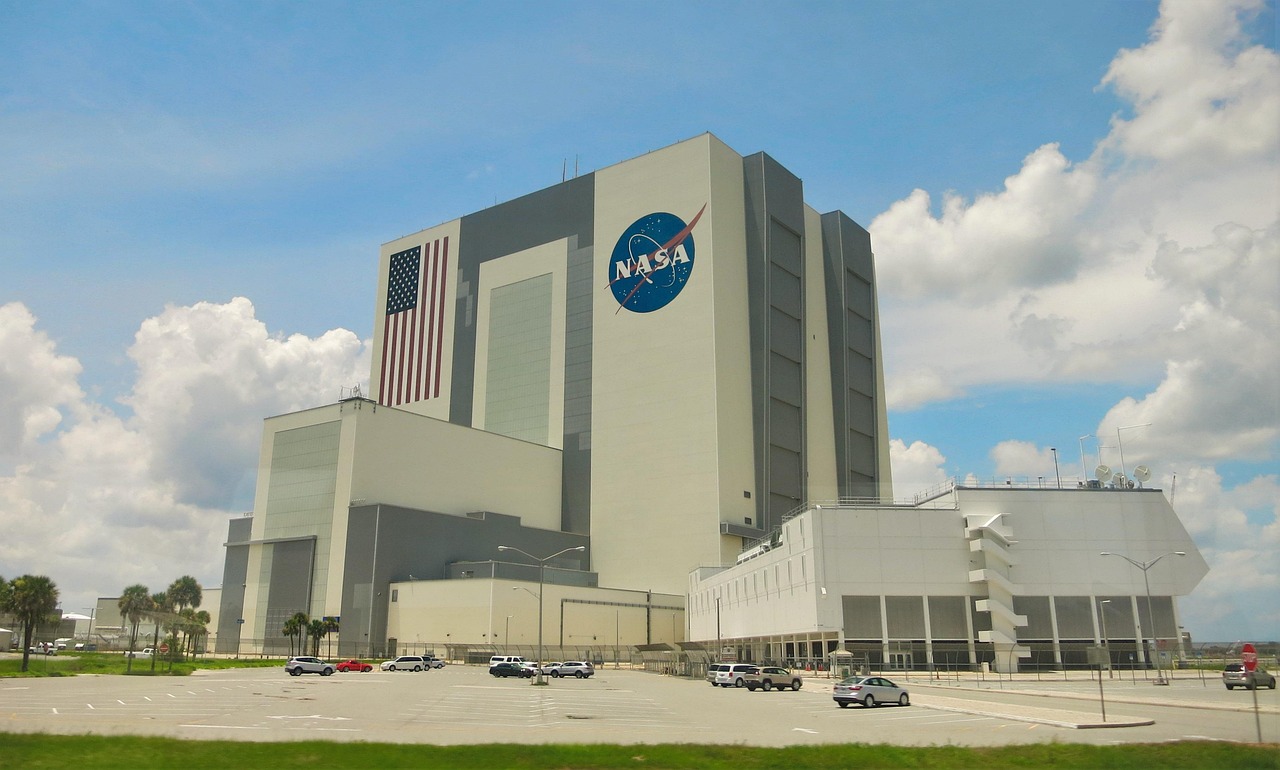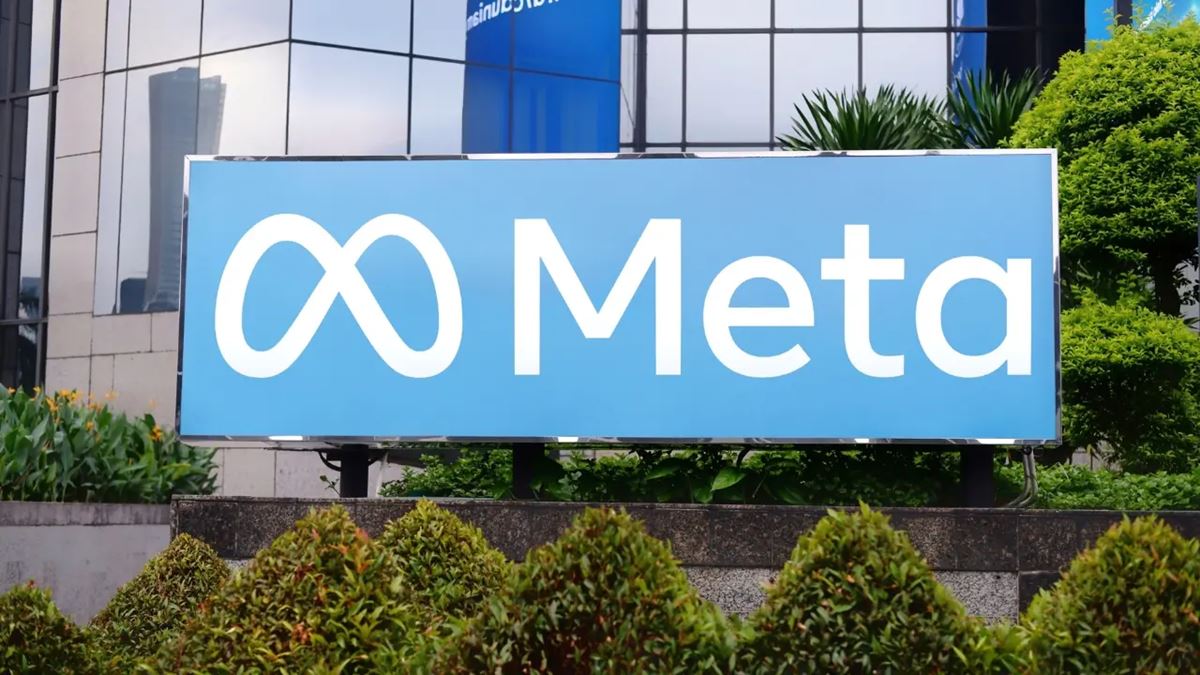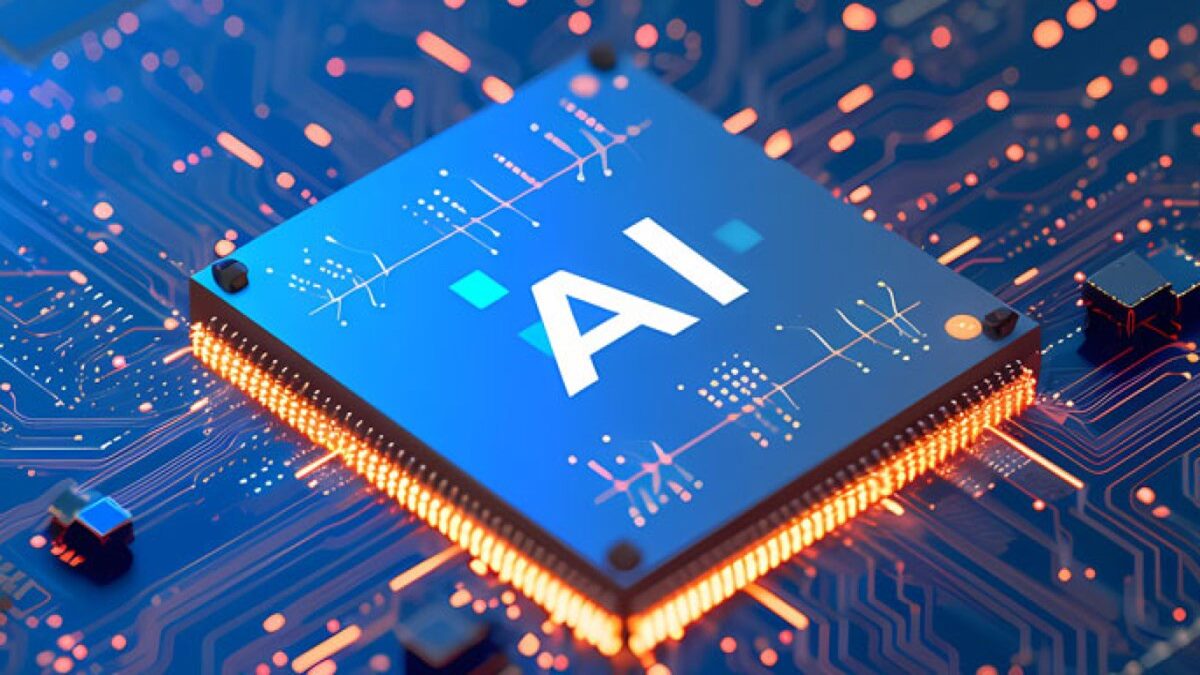Will artificial intelligence replace humans and create a new class of workers whose skills are no longer needed due to modern AI models?
Since OpenAI unveiled ChatGPT about three years ago, this has been the prevailing view among many commentators and senior executives. But a new understanding has recently emerged: AI may transform the entire labor market and eliminate many jobs, but it will also create a large number of new ones. The big question now preoccupying organizations is where these new jobs will appear, and what must be done to keep as many workers as possible in the labor market.
Walmart CEO Doug McMillon, speaking at a conference in Arkansas, said he believes AI will affect virtually every job in existence. According to him, some roles will disappear while others will be created, and there are few, if any, positions that will remain entirely untouched by artificial intelligence.
Over the past three years, there have been growing predictions that AI will reduce the workforce in favor of automated systems and chatbots. In June 2024, Dario Amodei, CEO of Anthropic, estimated that artificial intelligence could eliminate half of all entry-level jobs and push the unemployment rate up by 10% to 20% by 2030. He warned that entire professions in technology, finance, law, and consulting could see significant job losses.
In line with such forecasts, several major companies have already begun to restructure their hiring. In May 2023, IBM froze recruitment for about 7,800 positions it anticipated could be automated, predicting that within five years, 30% of customer-nonfacing roles might be replaced by AI. Earlier this year, Duolingo stopped using contract workers for tasks that AI can now perform, approving new hires only for roles that cannot be automated. Shopify has adopted a similar approach, and Salesforce said that integrating AI capabilities has reduced its hiring needs.
However, experts now suggest that the fear of widespread job loss may be overstated. Josh Bersin, founder and CEO of The Josh Bersin Company and one of the leading analysts of workforce trends, argued that AI tools are likely to unleash creativity, business growth, and innovation. He noted that instead of causing mass layoffs, AI will create new kinds of work, raise wages, and improve the quality of working life.
According to Bersin, there is no evidence of a decline in white-collar employment, only a slowdown in hiring, as companies figure out how to reorganize roles around automation. Many AI models, he said, are still far from being fully integrated into business operations and are not capable of completely replacing human workers. He added that it remains unclear which specific jobs will evolve, which tasks will disappear, and which AI solutions are worth building or buying.
Bersin also emphasized that each AI system introduced into the workplace tends to create new jobs rather than eliminate them. For example, he cited internal data showing that thousands of users of his company’s “Galileo” AI tool discovered entirely new tasks and responsibilities as a result of automation. In his view, automation enables humans to focus on higher-order thinking and will continue to do so in the future.
He also argued that AI models are far from possessing truly human qualities such as perception, empathy, creativity, passion, or determination. In his words, AI remains a powerful analytical engine, but it is people who generate business models, innovations, and products that create real value.
Bersin’s analysis aligns with data from the World Economic Forum, which estimates that while 92 million jobs will disappear globally over the next five years, they will be replaced by 170 million new ones. The largest absolute job growth is expected in fields such as agriculture, construction, logistics, healthcare, and education. But in relative terms, the fastest growth will occur in areas once thought most vulnerable to AI, big data, fintech, software development, and machine learning.
The roles most likely to decline include clerical and administrative positions such as cashiers, secretaries, postal workers, and data entry clerks.
The World Economic Forum predicts that by the end of this decade, 39% of workers’ skills will need to change or become obsolete, a notable improvement from its 2020 estimate of 57%. The organization attributes this to the growing number of employees who have participated in retraining or upskilling programs, which now includes roughly half of all workers, up from 41% in 2023.
Similarly, Bank of England Governor Andrew Bailey said recently that artificial intelligence is likely to drive the next major cycle of innovation. He emphasized that while AI will transform jobs, it will not replace people, noting that significant investment will be required to train both current and future workers to use AI effectively.
Many leading technology executives share this optimism. Meta CEO Mark Zuckerberg believes the public debate has become too focused on AI as a threat to employment. In his view, AI will instead empower entrepreneurs and small teams by automating time-consuming tasks such as marketing and logistics. Google CEO Sundar Pichai has described AI as an accelerator for workers rather than a replacement, while Apple’s Tim Cook recently said that his company hired 12,000 new employees last year, 40% of them focused on AI research and development.
Walmart as a case study
While major tech firms clearly have a vested interest in promoting AI adoption, Walmart provides a more grounded example of how the technology is reshaping employment. According to The Wall Street Journal, the retailer has reduced positions in logistics due to automation in warehouses and stockrooms, but it has simultaneously created new roles for employees who design AI tools for merchants and maintain automated systems. The company plans to expand hiring in areas that require human interaction, such as delivery services and in-store bakeries.
Walmart expects its overall workforce to remain stable at around 2.1 million employees over the next three years despite rising revenue. However, the mix of roles will change significantly. Donna Morris, the company’s head of human resources, said Walmart is still analyzing how its workforce will look once the transition is complete.
This uncertainty reflects the broader question facing the global labor market: yes, jobs will disappear, and yes, new ones will emerge, but they will not necessarily appear in the same industries, locations, or among the same workers. Those displaced by AI may not have the skills or opportunities to transition easily into the newly created roles.
The World Economic Forum has warned that the true challenge is not the total number of jobs, but the mismatch between where jobs are lost and where they are gained, and between the skills workers have and the skills new industries require.
Blackstone’s global COO, Joe Baratta, expressed optimism that workers will adapt, noting that history shows people tend to retrain and find employment elsewhere when new technologies emerge.
Yet recent history also offers cautionary lessons. Globalization in the late 20th century created more jobs than it destroyed, but often in entirely different regions and under less favorable conditions. Many manufacturing workers in the United States, whose jobs moved to factories in East Asia, have yet to recover. Whether the AI revolution will produce a similar outcome remains an open, and pressing, question.
Source – https://www.calcalistech.com/ctechnews/article/dw77l9m00
